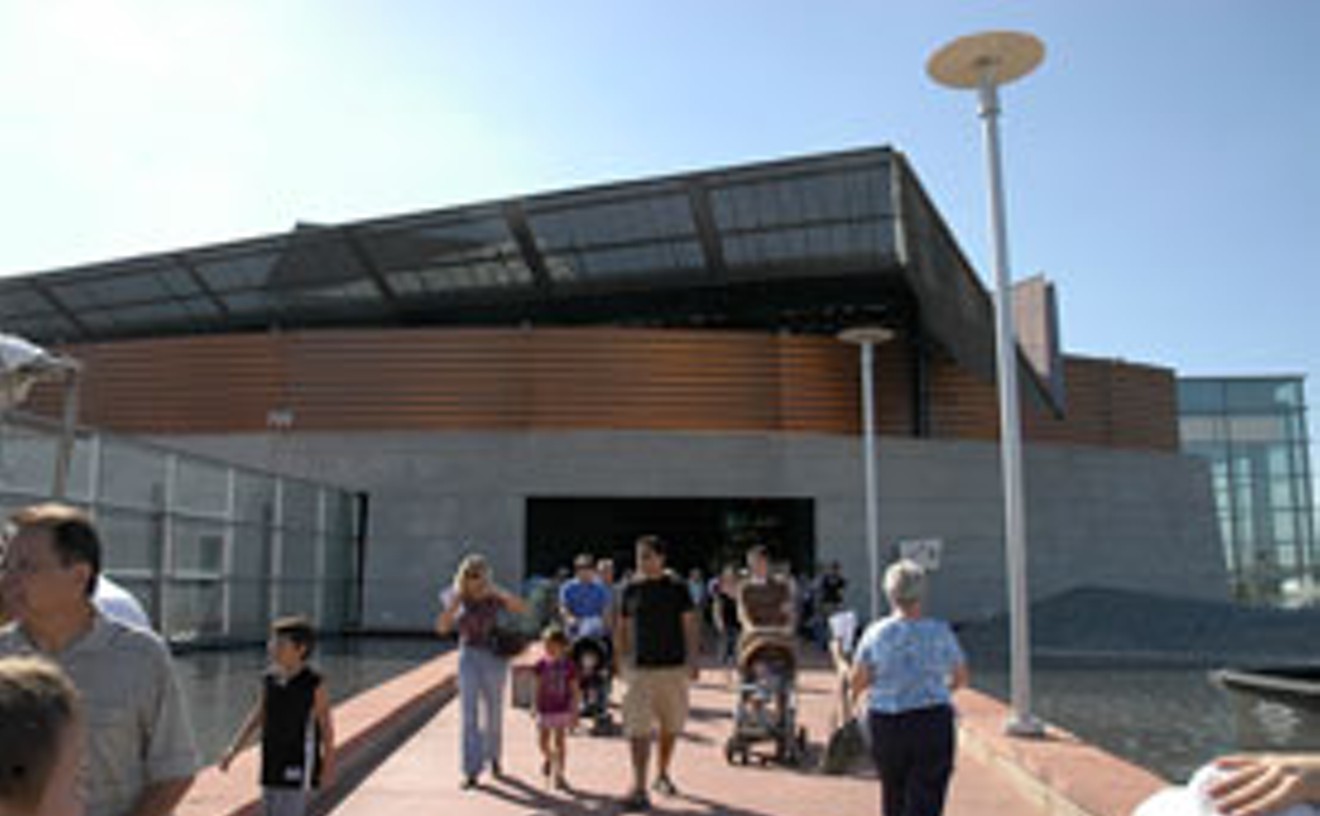Our Lady of Guadalupe, the iconic representation of the Virgin Mary encircled by gold rays with the moon at her feet, is a cross-border phenomenon. It's also a symbol of resilience.
To see a stunning example, check out the 18th-century painting Virgen de Guadalupe at Phoenix Art Museum. First seen last fall in the exhibition "Masterworks of Spanish Colonial Art," the painting is now on permanent display. A generous grant provided for conservation of the painting to remove decades of soot and salts from water damage, bringing it back to life. It is the only 18th-century, large-scale painting of Our Lady of Guadalupe displayed in the Valley.
One of the things that makes the painting unique is that the story of the Virgin of Guadalupe is depicted in the four corners of the painting. It's the story of an underdog, chosen by the Virgin to be her messenger. She appears before an indigenous man, Juan Diego, in 1531. He gets an audience with the archbishop to tell him what has happened, but is disbelieved. The Virgin then instructs Juan Diego to collect roses in December. He finds them, and takes the roses to the archbishop. When he opens his cloak, the roses fall to the floor. The painting depicts this narrative and the devotional image together.
Transcending borders as both a religious and cultural icon, devotion to her is almost as widespread among religiously minded Mexican-Americans in our community as it is in Mexico.







